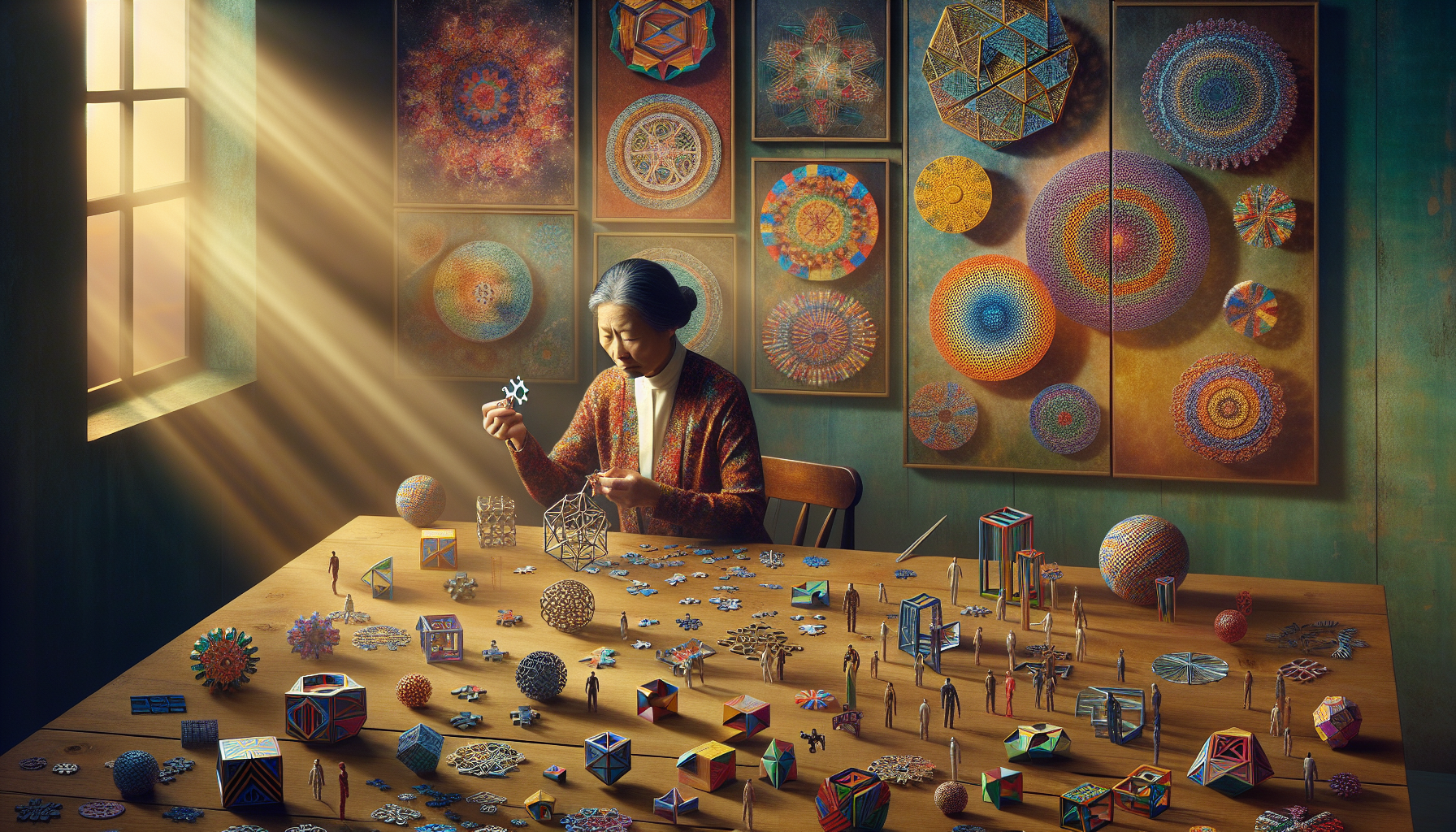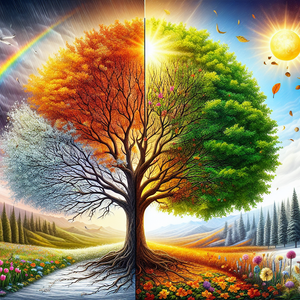The Bengal Cat Phenomenon: From Wild to Domestic

The story of the Bengal cat begins with the regal Bengal tiger, native to the forests and grasslands of South Asia. Known for their powerful build and stunning coat patterns, these big cats epitomize the raw beauty of wildlife. The Bengal cat breed was developed in the 1980s through the crossbreeding of domestic cats with the Asian leopard cat, a species recognized for its wild appearance. The goal of this hybridization was to create a domestic cat that retained the exotic looks and playful nature of its wild ancestors while being suitable for life in a home environment.
Unique Traits of Bengal Cats
Bengal cats are not only visually captivating but also possess a range of traits that make them appealing to pet owners. Here are some key characteristics that contribute to their popularity: 1. **Appearance**: Bengals are renowned for their striking appearance, often featuring a leopard-like coat with rosettes or marbling. Their fur is soft, sleek, and frequently displays a unique glittering quality that stands out in sunlight. The variety of colors, including brown, snow, and silver, adds to their allure and makes each Bengal unique. 2. **Intelligence**: Bengals are highly intelligent and curious creatures. Their problem-solving abilities and love for engaging in interactive play make them a joy to own. This intelligence often translates to an eagerness to learn, enabling them to pick up tricks and commands quickly. 3. **Playfulness**: With their energetic disposition, Bengal cats are often described as "dog-like" in their playfulness. They thrive on physical activity, enjoying climbing, chasing, and exploring their surroundings. This high energy level can make them a lively and entertaining addition to any household. 4. **Affectionate Behavior**: Contrary to the stereotype of aloof cats, Bengals can be incredibly affectionate. They tend to form strong bonds with their owners and often seek attention and companionship, making them loving pets that enjoy being part of the family.
The Rise in Popularity
The Bengal cat's allure has led to a dramatic increase in popularity over the past few decades. Their exotic appearance and playful demeanor have captured the hearts of many, resulting in a growing demand for this breed. The rise of social media has played a significant role in showcasing the beauty and antics of Bengals, further fueling interest. Videos and images of these cats in action have gone viral, allowing potential owners to see firsthand the charm that Bengals possess. However, as the demand for Bengals increases, it is crucial for potential owners to understand the unique needs and characteristics of this breed before bringing one into their home. This understanding ensures that both the cat and owner can enjoy a harmonious relationship.
Considerations for Potential Owners
Owning a Bengal cat comes with responsibilities that differ from more traditional breeds. Their high energy levels require ample playtime and mental stimulation. Bengals thrive in environments where they can explore and engage, and it is essential to provide them with toys, climbing structures, and interactive play. Without sufficient stimulation, Bengals can become bored, leading to destructive behaviors. Moreover, prospective Bengal owners should conduct thorough research to find reputable breeders who prioritize health and temperament. Bengal cats can sometimes inherit health issues from their wild ancestors, such as certain genetic disorders. Ensuring a responsible breeding background is crucial for anyone looking to welcome a Bengal into their home.
The Bengal cat phenomenon is a captivating blend of wild beauty and domestic charm. As these cats continue to gain popularity, it is vital for potential owners to appreciate their unique traits and responsibilities. From their origins as fierce Bengal tigers to their roles as beloved companions, Bengals remind us of the intricate connection between humans and the natural world. By understanding and respecting these remarkable creatures, we can ensure that they not only thrive in our homes but continue to embody the wild spirit from which they descended. As we celebrate the Bengal cat, we embrace not just a pet but a piece of nature's artistry, reminding us of the beauty that exists both in the wild and within our living rooms.
Veterinary Technician Specializing in Exotic Animals
Job Description
Assist veterinarians in diagnosing and treating Bengal cats and other exotic pets, ensuring their health and well-being.
Monitor anesthesia and vital signs during procedures, providing critical support during surgeries or treatments.
Strong knowledge of feline anatomy, behavior, and specific health issues related to Bengal cats is essential; certification as a veterinary technician is required.
Common employers include veterinary clinics, animal hospitals, and wildlife rehabilitation centers.
Animal Behaviorist with a Focus on Feline Behavior
Job Description
Conduct assessments of Bengal cats to understand behavioral issues and develop tailored training plans for owners.
Educate pet owners on effective training techniques and environmental enrichment to enhance the Bengal's quality of life and reduce behavioral problems.
Requires a deep understanding of feline psychology, behavior modification methods, and a degree in animal behavior or psychology.
Often employed by animal training facilities, veterinary practices, or as independent consultants.
Pet Product Marketing Specialist
Job Description
Develop and implement marketing strategies for products specifically designed for Bengal cat owners, such as high-energy toys and climbing structures.
Conduct market research to identify trends and preferences among Bengal cat owners, tailoring product offerings accordingly.
Requires strong marketing skills along with a passion for pet care and knowledge of feline needs, especially those unique to Bengals.
Companies like PetSmart and Chewy often seek specialists for their pet product divisions.
Feline Nutritionist
Job Description
Create specialized dietary plans for Bengal cats, taking into account their unique nutritional needs and potential health concerns.
Work with pet food companies or veterinary practices to educate pet owners on optimal feeding practices specifically for Bengals.
A background in animal nutrition or veterinary science is preferred, along with certifications in pet nutrition.
Commonly employed by pet food manufacturers, veterinary clinics, or as independent consultants.
Cat Shelter Manager
Job Description
Oversee the operations of a shelter focusing on the care and adoption of Bengal cats and other feline breeds, ensuring their health and socialization.
Develop outreach programs to educate the community about responsible Bengal cat ownership and the importance of adoption.
Requires strong leadership skills, experience in animal care, and knowledge of breed-specific needs to ensure the well-being of the cats.
Often found in animal rescue organizations, shelters, and non-profits dedicated to feline welfare.


